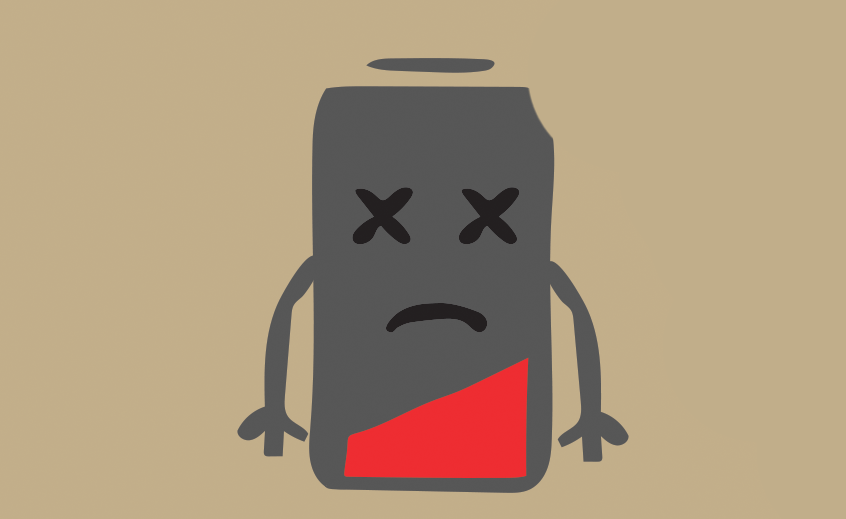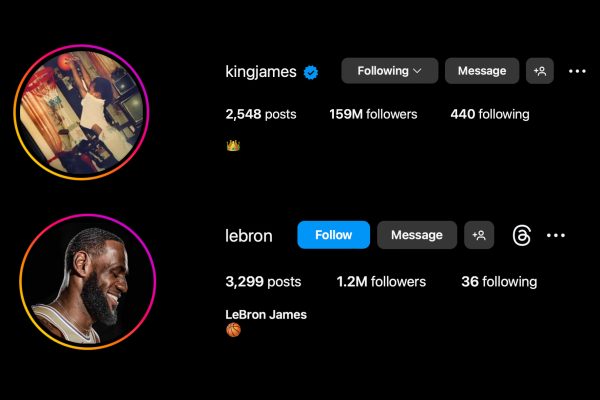Low power
Phone battery charge is lacking
photo illustration
March 27, 2023
If I were gambling with my peers, one of the safest possible bets I could make is that most high-school students have had to replace their phones at one point, and that half of those dead phones were killed by a faulty battery.
And while this certainly isn’t from a lack of effort on the student’s part to preserve their phone’s health. There’s not all that much one can do to prevent the inevitable death of their electronics over time.
The odds are always stacked against the consumer when it comes to electronic health– planned obsolescence and questionable business decisions (such as bloatware and untested applications reaching public builds) will see that outcome through with consistency.
However, things become a smidge hazier when your device dies prematurely, never even nearing the average two to three years of lifespan that are now industry standard. Whether intended or not, phones are dying out faster than ever before, with this fault pinned solely on the battery.
Now, the question of the hour is a simple “Why?” and you most likely wouldn’t be surprised that the answer is money. Companies want to nickel and dime everything out of their customers, and a dead device means they’ll have to cash out more money for a new one, plain and simple.
Yet this problem goes deeper than just market and economic intrigue, with the root of the transient battery being ingrained in consumer culture entirely, not as a marketing ploy, but as something desirable in smartphones of the modern day.
Whether you agree with it or not, a faster-charging phone that maintains a lower battery life is the hottest type of phone in the modern market. A fast-charging phone allows for more creative and technological freedom; additionally, most of us have access to a constant charging point anyways. What’s not to like?
The most obvious drawback of these fast-charging phones is that battery health degrades severely over a short period. Similar to how repeated on-and-off usage of a lightbulb burns it out fast; constantly charging, using and recharging your phone burns it out faster as well.
This faster burnout comes at the detriment of battery health; more recently, released phones which follow the quicker charge formula suffer far more from premature battery death and ultimately are discarded far before they are due.
Though there is little an individual can do about this battery trend, it is still far better to remain informed than stay in the dark. Understanding why and how your phone is bleeding its charge lets you make a concerted effort to preserve your phone and wallet. And if nothing else, it’s far better to go down with a fight than roll over and accept defeat.





















